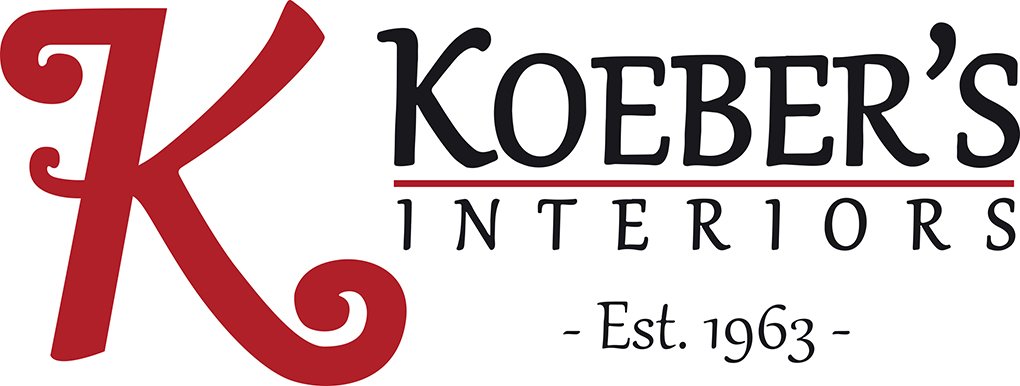If you are struggling to mix and match patterns in your home- here is our simple guide to patterns. With over 1,000 pattern options at Koeber’s, we understand you may feel overwhelmed. Pattern mixing does not have to be pattern matching. Your patterns and colors just need to work together. If you’re getting comfortable with pattern matching, start with 3 patterns. If you’re experienced, go for 5! Truth is, depending on what look you are going for, you can integrate as many patterns as you’d like. But for a simple start, we’ll decide on 3 patterns or textures.
1. Fabrics are fun! Choose your absolute favorite pattern first, one that makes you feel good! When you walk into a room with your favorite pattern, it’s a room you’ll want to stay in.
2. Now look at your first choice and check off the category it fits into below and fill the other two:
- Organic or Floral (these patterns embrace curves, nature, may have flowers, leaves or scrolls)
- Repeating shapes (patterns with straight lines, geometric shapes and make sure they are repetitive! Chevron, stripes, etc.)
- Small Scale Pattern (a pattern that is smaller or narrow scaled than the other two. As a fun alternative, we like to replace this pattern with a unique texture such as a textured pleather, cowhide, or pin dotted raised fabric)
3. Don’t forget color! As you are choosing patterns start with the color in your first choice- is there a color you’d like to highlight? Use that idea to assist your search for the next pattern.
Now we put it to work with some of our own fabrics:
Here we started with our favorite bird fabric, added a repeating striped pattern in a blue tone to pull out the bird’s color. Our small pattern accent is a neutral cream with a pin dot, soft texture.
Our bamboo fabric(left) was the starting point in this bunch. The naturenes in it lead us to classifying it as an organic pattern. Next we added a Geometric pattern (center) tying in the green but introducing a muted purple. Our last find was a velvet textured purple to match the tone in our geometric pattern. We love the textures in this mix!
First fabric choice in this group was the deer head pattern. We considered this an organic pattern related to nature. Added to that was the geometric repeating pattern on the left side. Lastly, a small-scale pattern on the right which is subtle enough to blend in nicely.
This mix started with the cowhide pleather. We consider it a part of the “small pattern” category. We added the geometric gold and brown pattern to the left, then a warm floral scroll to pull the two together.
Get a head start in fabric searching on Norwalk's Website!





